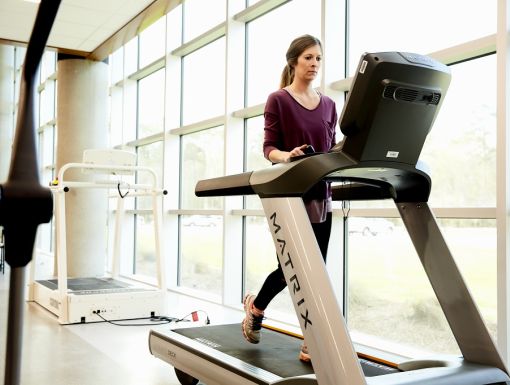
What is Orthobiologic Therapy?
When patients come to my office, their biggest concern is pain. Numerous ailments can cause pain. But the most common pain generator I see is osteoarthritis, followed by tendinitis and ligament issues.
What is osteoarthritis?
Cartilage covers the ends of the bones where they come together to form a joint. Osteoarthritis occurs when the cartilage cushions at the end of bones have worn down over time. Many types of osteoarthritis, such as secondary osteoarthritis, are induced by a traumatic injury earlier in life. However, the most common form I see is primary osteoarthritis. The factor that plays most into the onset of primary osteoarthritis is your genetics, followed by being overweight. When many people hear that they have arthritis, they think joint replacement is their only option, but this may not be the case.
Tendons are bands of fibrous tissue that connect muscles to bones, and ligaments are bands of fibrous tissue that connect bones to other bones. Musculotendinous units are the main structures that create body movement. Ligamentous and tendinous injuries are typically due to overuse. Some ligamentous and tendinous injuries require surgery, but many injuries can be managed conservatively.
Conservative management includes less invasive treatments than surgery, such as physical therapy, various injections and even nerve ablation (a process to reduce chronic pain by destroying a portion of nerve tissue to interrupt pain signals). Injections can be with different medicines, but we will talk about orthobiologics.
What is an orthobiologic?
An orthobiologic refers to the use of biological substances that help musculoskeletal injuries, such as arthritis and tendinitis, heal quicker. They derive from substances naturally found in the body, such as platelet-rich-plasma, bone grafts and autologous conditioned stem cells (stem cells derived from your own body tissue). Blood-derived orthobiologics deliver growth factors to distressed or diseased tissue to help stimulate the repair process.
The most common orthobiologic used in my practice is platelet-rich plasma. Platelet-rich plasma can be done right in the clinic exam room. The patient's blood is drawn in the clinic. Then the blood is placed in a machine that spins rapidly to separate the blood and its various components. Once separated, the platelet-rich plasma is drawn into a syringe and injected into the desired location.
I use ultrasound guidance to ensure the platelet-rich plasma is injected into the correct location. The serum is injected into the joint. The needle makes many passes through the affected tissue to evenly distribute the plasma for tendons and ligaments. Numbing medicine is not used as it can deactivate the platelets, which are needed to promote healing. Anti-inflammatory medications, such as nonsteroidal anti-inflammatory drugs, steroids and turmeric, should be avoided 10 days prior and a few weeks after the injection. These medications can also interfere with the serum's healing properties. For ligaments and tendons, the affected limb is usually braced for protection for a few days to promote healing. The platelets can induce a pain flare, which can be uncomfortable, but this is also a sign that the serum is doing its job. The injections can be done as a single injection or a series of multiple injections separated by a week or so.
Another commonly used orthobiologic is mesenchymal stem cells (cells that can differentiate into a variety of cell types such as cells that make bones, cartilage, muscle and fat), which can be obtained from embryonic tissue or your subcutaneous fat (the layer of fat that lies below your skin) or bone marrow. While it's a more invasive procedure, subcutaneous fat and bone marrow have also promoted various tissue healing. Embryonic tissue is ordered from a lab, prepared in the clinic and injected into the tissue the same way as platelet-rich-plasma.
Are orthobiologic injections right for me?
Here is a list of conditions orthobiologics are used to treat:
- Osteoarthritis of the knee, hip and shoulder
- tennis elbow
- golfer’s elbow
- rotator cuff injuries
- Achilles tendinopathy (a type of tendon disorder that results in pain, impaired function, and swelling)
- jumper’s knee/patellar tendinopathy (the patellar tendon is the tendon that connects your kneecap (patella) to your lower leg)
- plantar fasciitis
Pain can be disruptive to your quality of life but there are things physicians like myself can do that can help. If you are suffering from a chronic injury or process such as those mentioned above, talk to your doctor about using orthobiologics to see if they would be a good option for you. Remember, we are here to help you.

